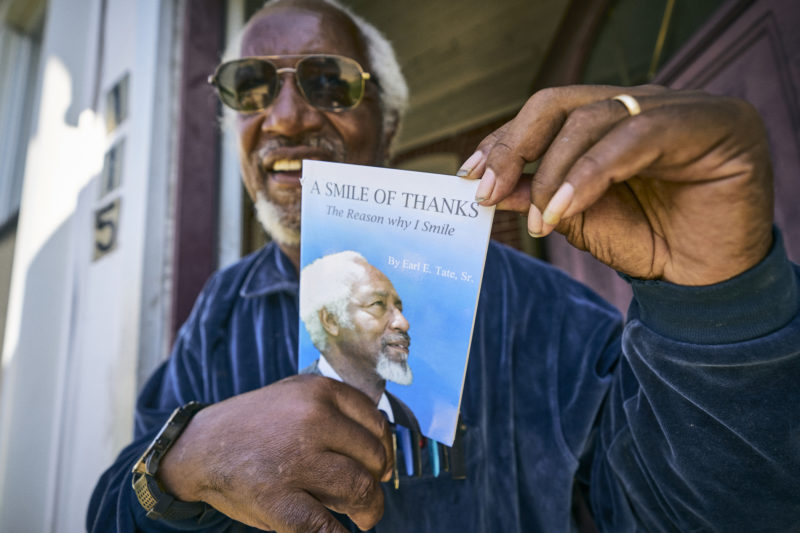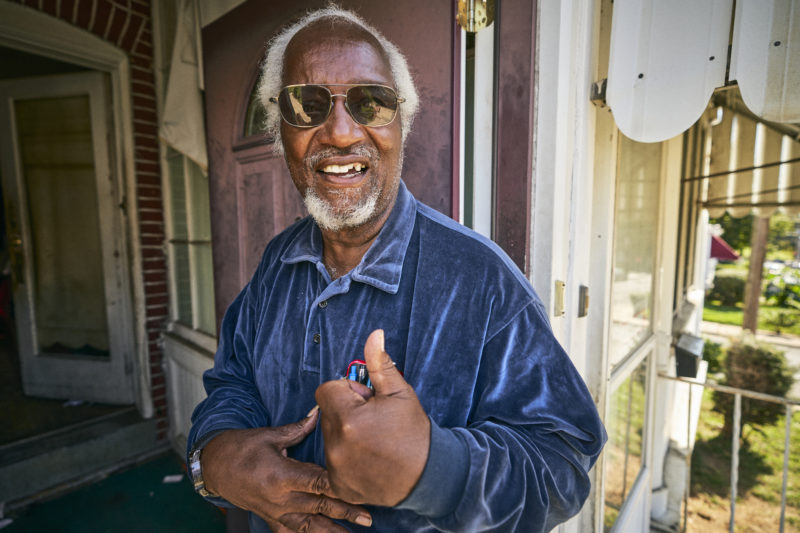For generations of students and parents, Earl Tate has been a familiar sight at intersections in northeast Wilmington, Delaware. From about 1979 to 1984, he was a paid crossing guard. He loved it so much that in the late 1990s, he volunteered for the job.
The 70-year-old Wilmington resident put the position on pause during the coronavirus pandemic. But he’s eager to get back to his corner, where he jokes with students and teaches them sign language, which he learned from deaf friends.
His commitment to student safety is rooted in his past. When the Wilmington native was 5 years old, a car struck him and dragged him 30 feet down the road.
“I was in a coma for a month and a half,” said Tate, who walks with a cane. “It took the prayers of the people around me to help me heal.”
More recently, he received healing help from a procedure called prostate embolization, which treats the symptoms of benign prostatic hyperplasia — the most common non-cancerous tumor in men.
Vascular interventional radiologist Christopher Grilli, D.O., brought the outpatient surgery to ChristianaCare. The procedure takes only a few hours, and recovery is mild. “The care was excellent,” Tate said.

A Minimally Invasive Alternative
When an enlarged prostate constricts or partially blocks the urethra, symptoms may include:
- Increased urinary frequency and urgency.
- The inability to completely empty the bladder.
- Dribbling after urination.
- The need to frequently urinate at night.
In an invasive treatment, the surgeon enters the penis or urethra to remove part of the prostate. Sexual side effects are a risk.
Prostate embolization, however, is a minimally invasive procedure with a low risk of side effects.
Patients need only moderate sedation. Using X-ray guidance, the interventional radiologist injects tiny round particles into a small catheter that runs through the groin or wrist to the blood vessels that feed the prostate. Without the supply, the prostate shrinks closer to normal size.

Fast Recovery
The procedure takes from two to three hours, and the recovery time is minimal. “There are some heavy lifting restrictions for a few days, due to the groin puncture, but otherwise, patients can pretty much return to their normal routine the next day,” Dr. Grilli said.
Symptoms should improve by the second week and for up to three months. Tate, who is happy he can now drink as many lemonades as he wants without repercussions, is currently working on writing his second book.
His first? The autobiography, “A Smile of Thanks.”
He recommends the procedure to men who are having issues. “Mr. Tate’s success story is similar to 90% of the patients we treat,” Dr. Grilli said. “We have had amazing results so far.”
For information on prostate embolization, call ChristianaCare Vascular Interventional Radiology at 302-733-5625.



